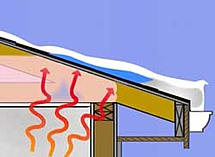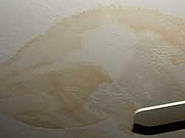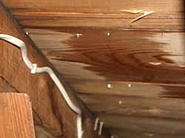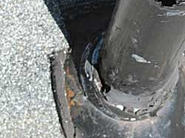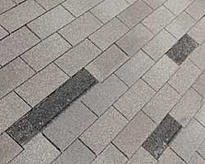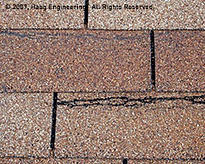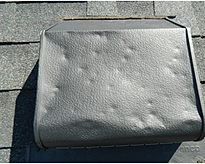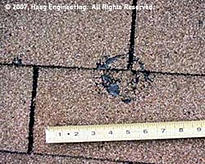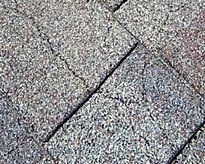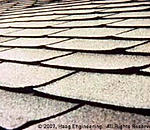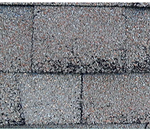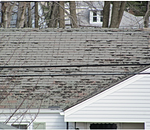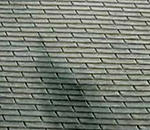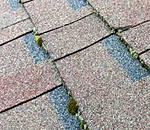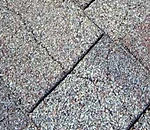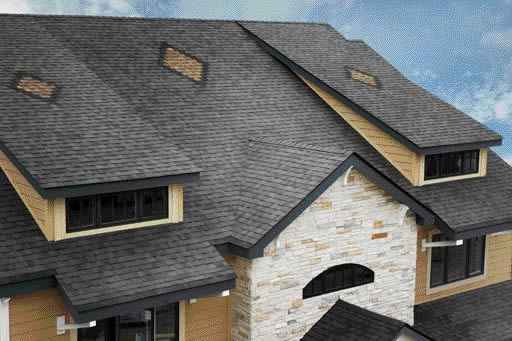September 18, 2015
Your Home’s Fall Checklist
1) Get your mind in the gutters. Inspect and clean gutters and downspouts.
2) Button up your overcoat. Seal gaps and cracks around windows and doors with weather-stripping and caulk.
3) Get on top of roof problems. Inspect your roof for damaged or curled shingles, corroded flashing, or leaky vents.
4) Walks the walks (and drives). Take steps to repair damaged sidewalks, driveways, and steps.
5) Chill out. Drain and winterize outdoor faucets and irrigation systems.
6) Give your furnace a physical. Have a professional inspect your heating system.
7) Gather round the hearth. Check fireplaces for soot or creosote build-up. Better yet, schedule a visit from a reputable chimney sweep.
8) Keep the humidifier humming. Clean the plates or pads to ensure efficient operation.
9) Head-off gas problems. If you have a gas-fired room heater, have it inspected by a pro. Also, perform any routine maintenance recommended by the maker.
10) Keep the wood fires burning brightly. Wood stoves are making a comeback. To avoid a deadly situation, be sure to inspect yours before firing it up.
11) Test smoke and CO monitors, inspect (or install) fire extinguishers, review fire escape plans, and rid your home of old newspapers and other fire hazards.


